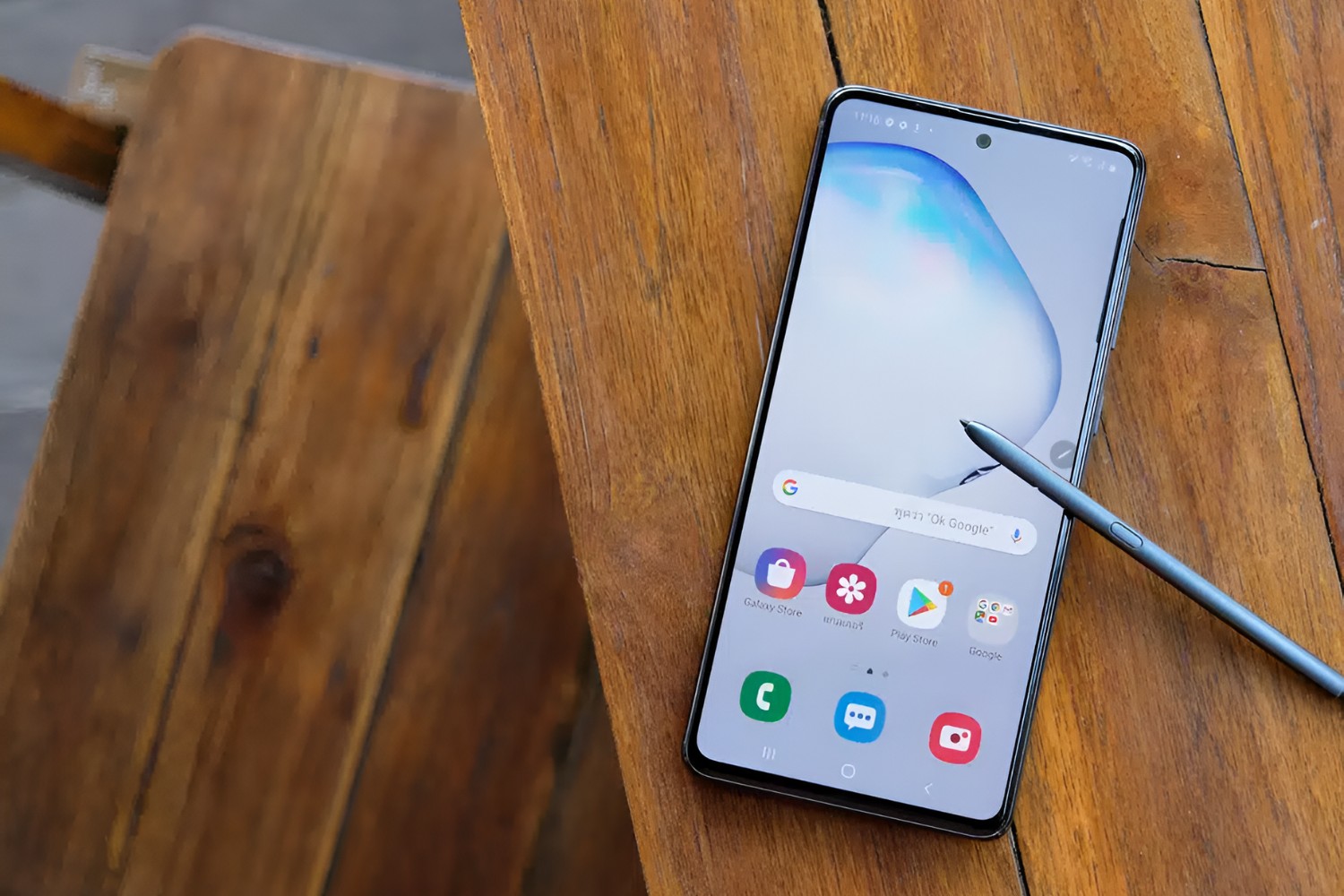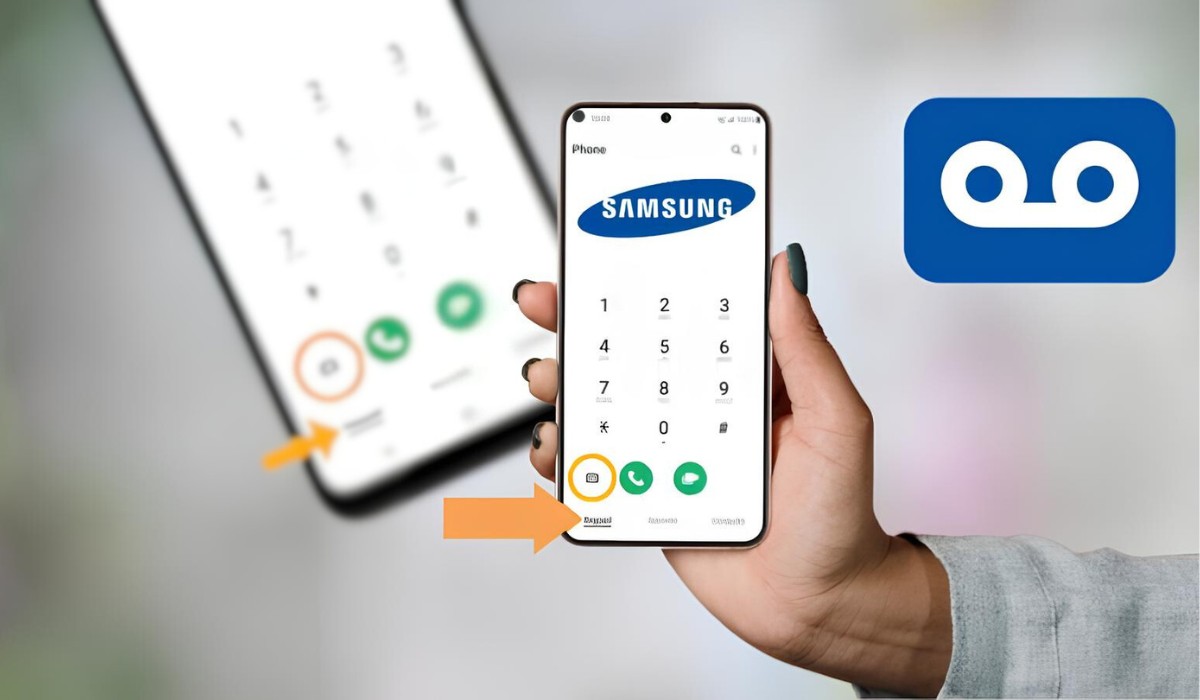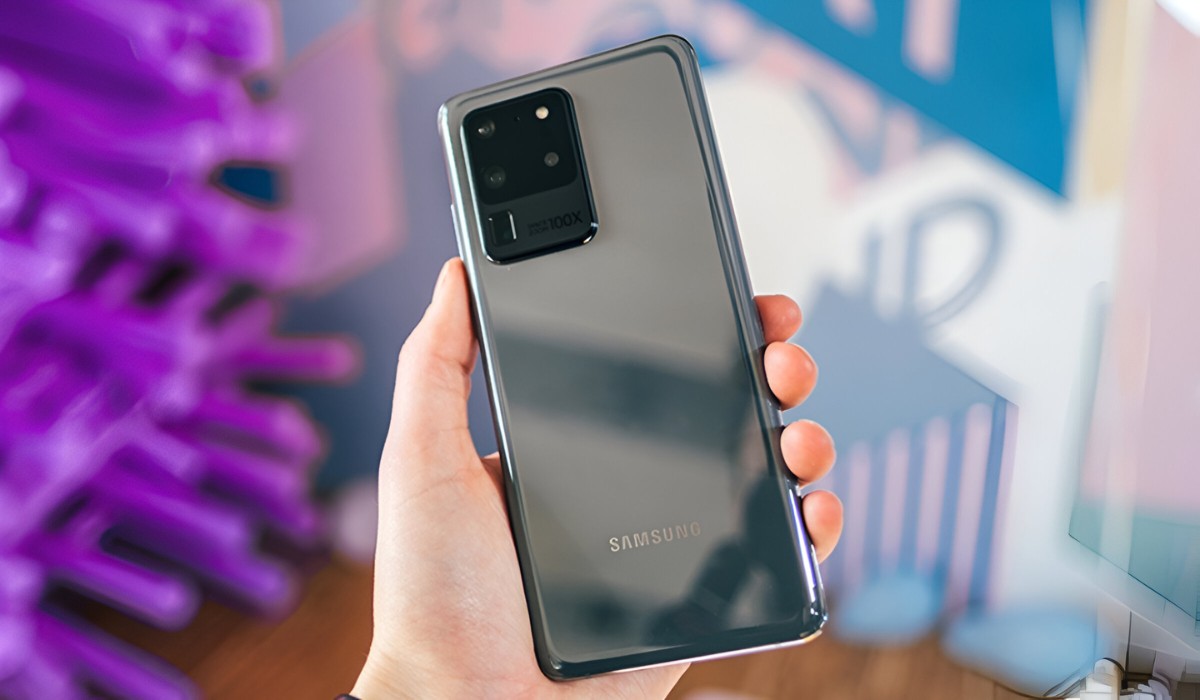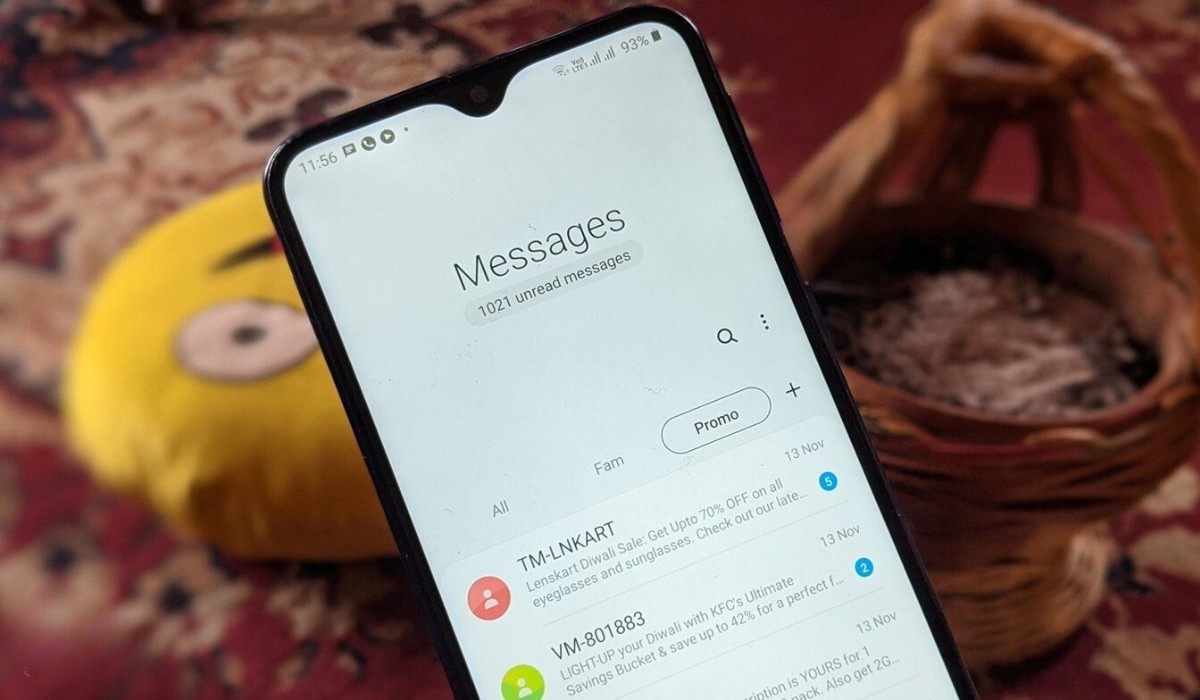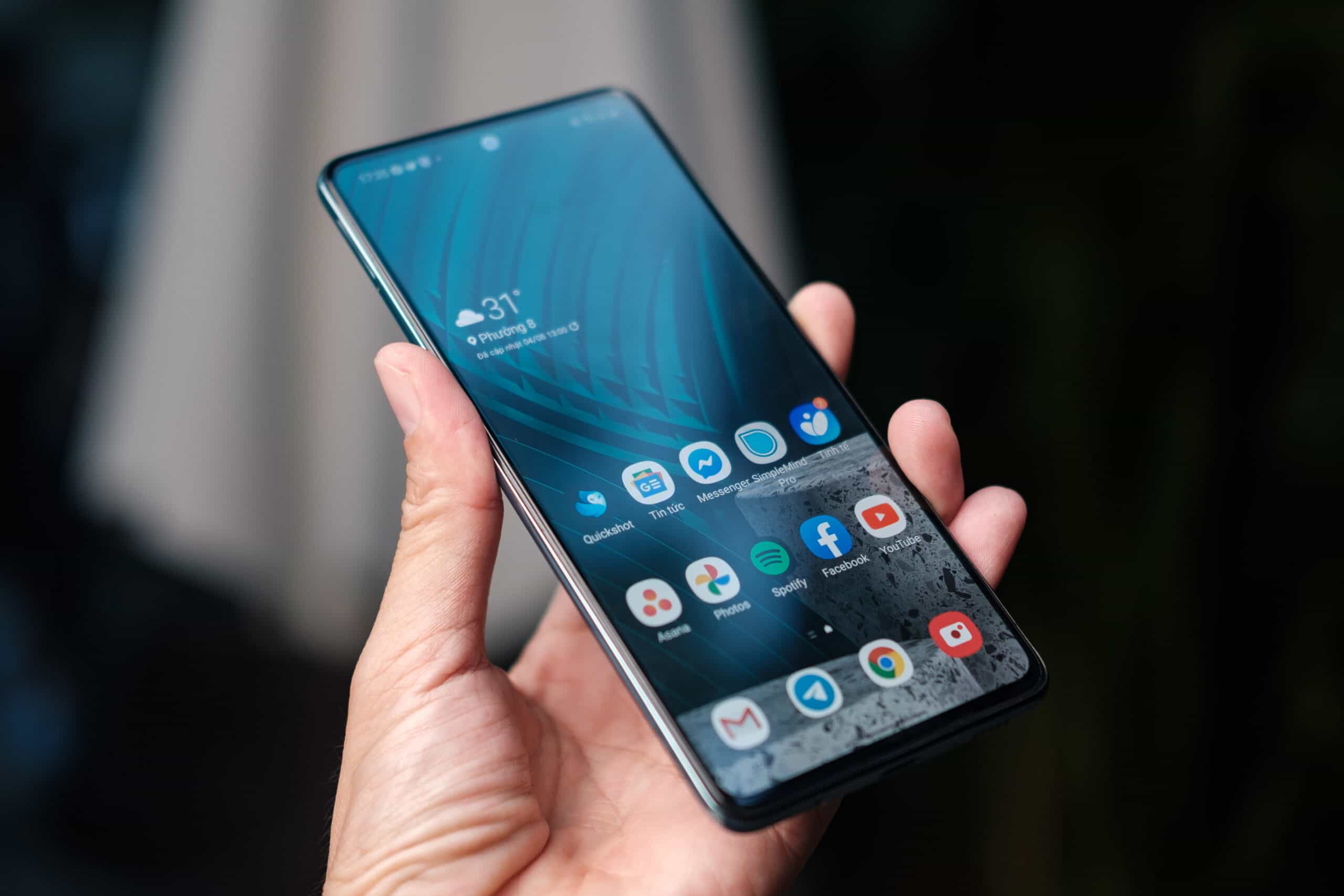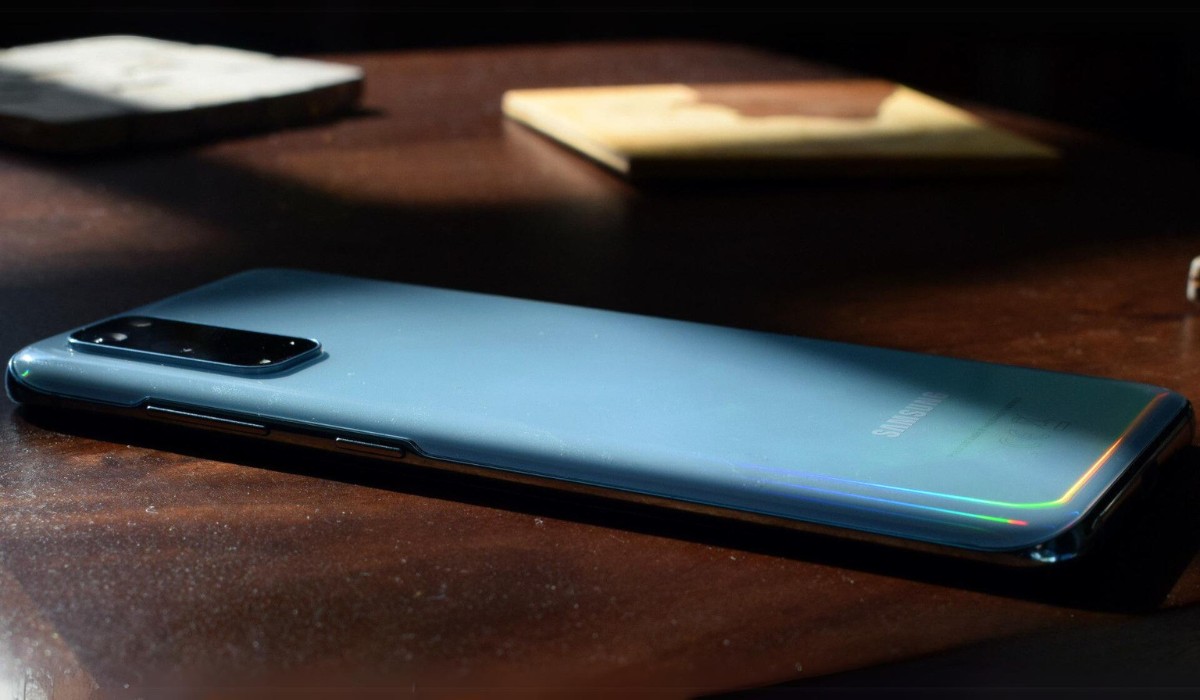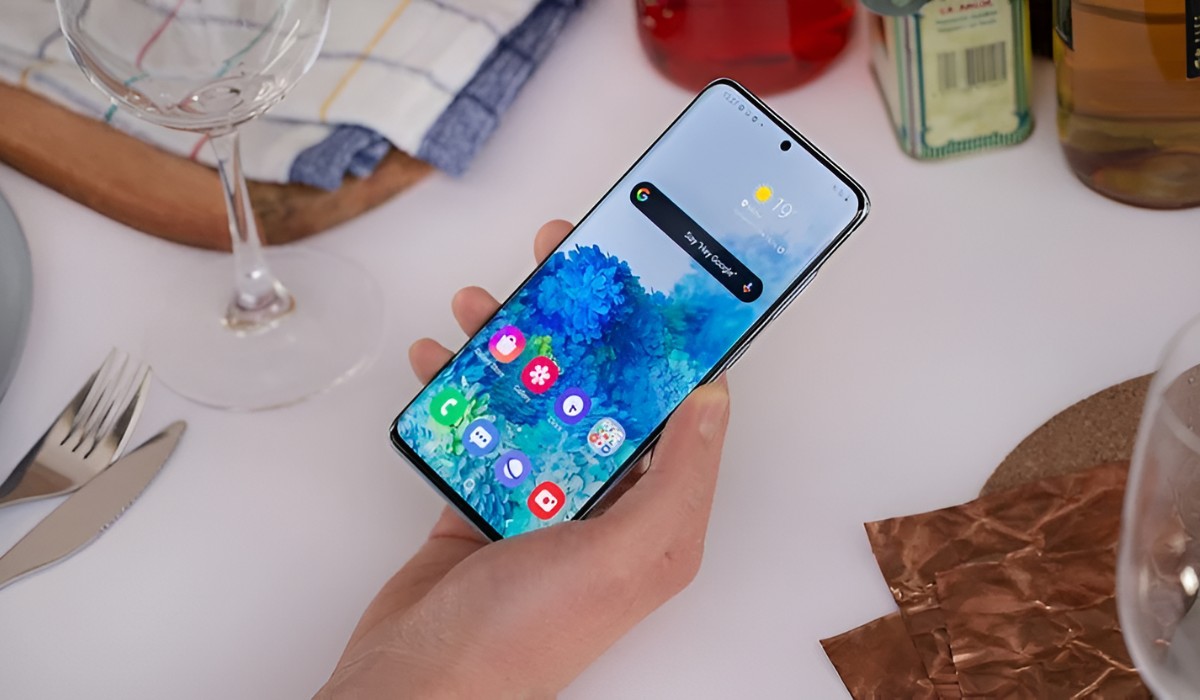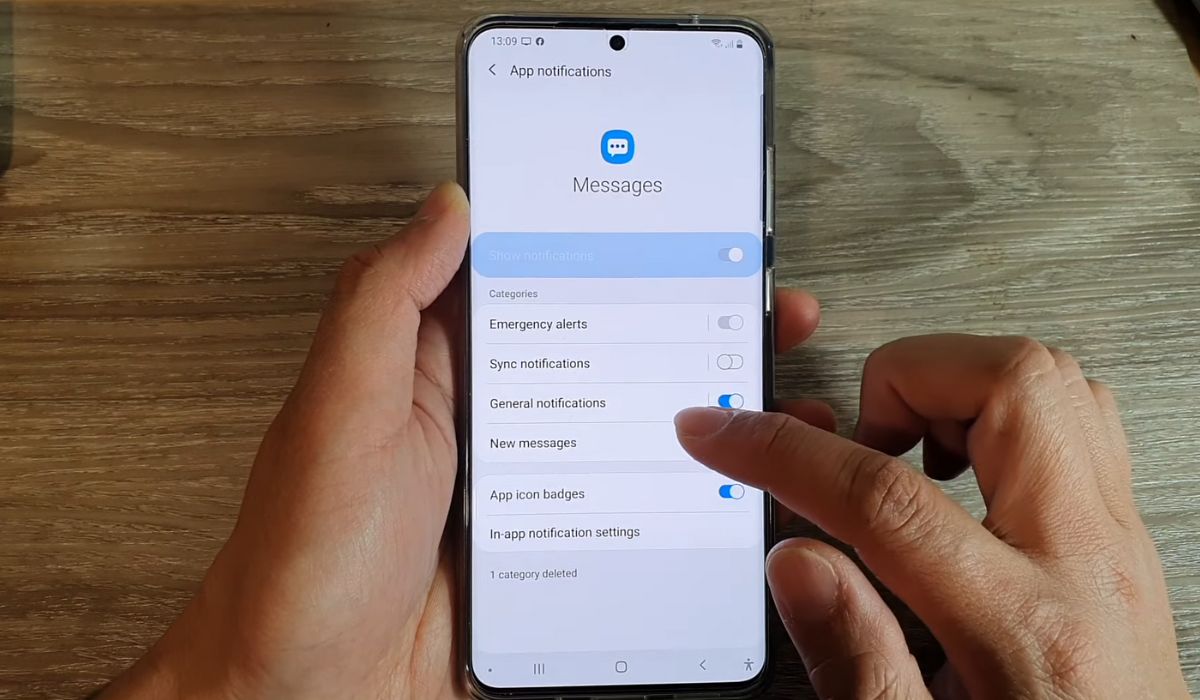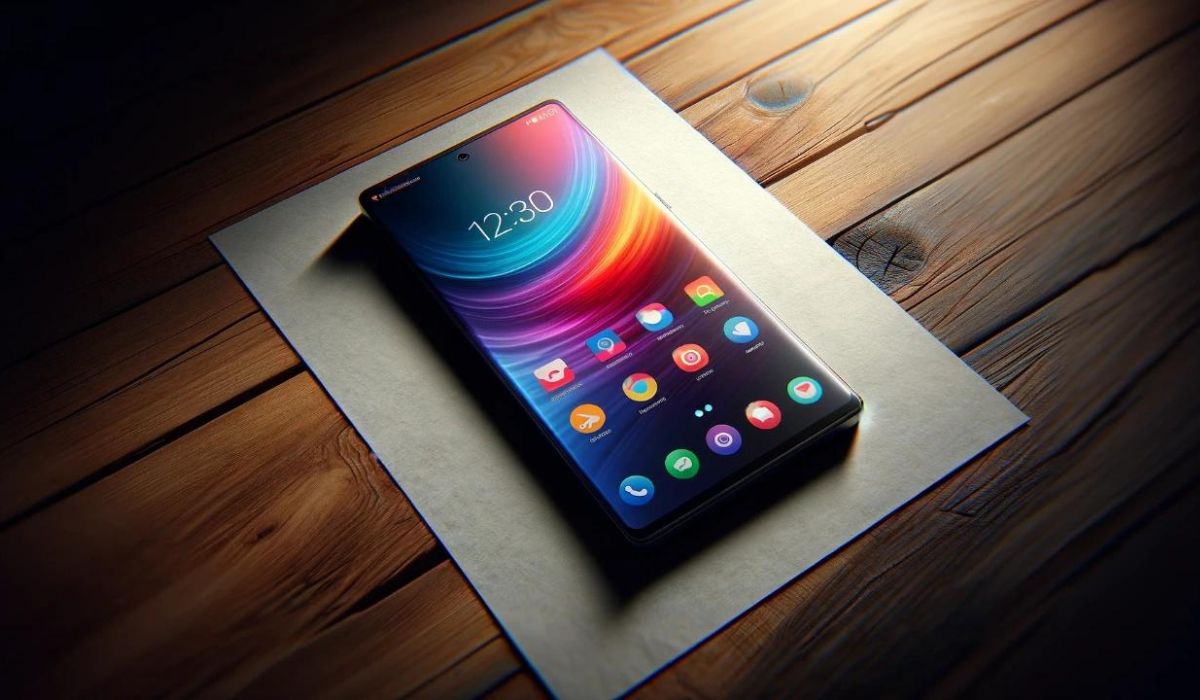Introduction
Losing important text messages can be a distressing experience, especially when they contain crucial information or cherished memories. Whether it's an accidental deletion or a software glitch, the thought of permanently losing these messages can be daunting. However, with the advanced technology of the Samsung S20, there are effective methods available to recover deleted text messages. In this article, we will explore three easy and reliable methods to retrieve those precious messages and alleviate the worry of losing them forever.
The Samsung S20 is equipped with robust features, including data backup and recovery options, making it possible to restore deleted text messages without hassle. By leveraging the built-in functionalities of the Samsung Cloud and Google Drive, as well as utilizing third-party apps, users can regain access to their deleted messages with ease. Each method offers its own unique advantages, catering to different preferences and requirements.
In the following sections, we will delve into each method, providing step-by-step instructions and insights to empower Samsung S20 users in their quest to recover deleted text messages. Whether you're a tech-savvy individual or someone who prefers user-friendly solutions, there's a method tailored to your needs. Let's embark on this journey to reclaim those lost messages and ensure that no valuable conversation or cherished memory is lost in the digital void.
Method 1: Using Samsung Cloud
Samsung Cloud offers a seamless and convenient way to back up and restore data, including text messages, on the Samsung S20. By utilizing this built-in feature, users can effortlessly retrieve deleted messages without the need for third-party applications or complex procedures.
Step 1: Accessing Samsung Cloud
To initiate the process, navigate to the "Settings" app on your Samsung S20 and select "Accounts and backup." From there, tap on "Samsung Cloud" to access the cloud storage and backup settings.
Step 2: Restoring Text Messages
Once inside Samsung Cloud, locate the option for "Restore data" or "Restore," depending on your device's specific interface. Select "Messages" from the list of available data types to initiate the restoration process.
Step 3: Confirming the Restoration
After selecting the desired data type, such as text messages, Samsung Cloud will present a list of available backup dates. Choose the most relevant backup date that precedes the deletion of the messages you wish to recover. Confirm the selection and allow the restoration process to commence.
Step 4: Verifying Restored Messages
Upon completion of the restoration process, navigate to your messaging app to verify the recovered text messages. You should find the deleted messages restored to their original locations, seamlessly integrated with your existing conversations.
Advantages of Using Samsung Cloud
Utilizing Samsung Cloud for text message recovery offers several advantages. Firstly, it's an integrated feature of the Samsung S20, eliminating the need to download additional apps or rely on external services. This ensures a streamlined and secure restoration process, as the data remains within the Samsung ecosystem.
Furthermore, Samsung Cloud provides multiple backup points, allowing users to choose from a range of available dates for data restoration. This flexibility ensures that users can pinpoint the most relevant backup to retrieve specific messages, minimizing the risk of data loss.
In addition, the user-friendly interface of Samsung Cloud simplifies the entire restoration process, making it accessible to users with varying levels of technical expertise. The intuitive design and straightforward navigation contribute to a hassle-free experience, ensuring that users can recover their messages with ease.
By leveraging Samsung Cloud, Samsung S20 users can effectively retrieve deleted text messages, safeguarding valuable conversations and important information from potential loss. This method exemplifies the seamless integration of data backup and recovery within the Samsung ecosystem, empowering users to maintain control over their digital communications.
In the next section, we will explore an alternative method for recovering deleted text messages using Google Drive, offering users additional flexibility and convenience in their data restoration endeavors.
Method 2: Using Google Drive
Google Drive presents a versatile and accessible platform for data storage and backup, offering Samsung S20 users an alternative method to recover deleted text messages. Leveraging the seamless integration of Google services with the Android operating system, this method provides a user-friendly approach to restoring valuable messages without the need for extensive technical expertise.
Step 1: Accessing Google Drive
To initiate the process, ensure that your Samsung S20 is synced with your Google account. Navigate to the Google Drive app on your device or access it through a web browser on your computer. Sign in with the Google account linked to your Samsung S20 to access your stored data and initiate the restoration process.
Step 2: Locating the Backup
Once inside Google Drive, navigate to the "Backups" or "Backup & Sync" section, where you can explore the available backup data associated with your device. Google Drive automatically creates backups of various data types, including text messages, providing a comprehensive repository for potential restoration.
Step 3: Restoring Text Messages
Within the backup interface, locate the option for "Messages" or "SMS" to initiate the restoration process. Select the desired backup file that contains the text messages you wish to recover. Google Drive offers a seamless and intuitive interface for browsing and selecting specific data for restoration, ensuring a user-friendly experience.
Step 4: Confirming the Restoration
After selecting the relevant backup file, confirm the restoration process to initiate the retrieval of deleted text messages. Google Drive will seamlessly integrate the restored messages into your messaging app, ensuring that they are readily accessible within your conversation threads.
Advantages of Using Google Drive
Utilizing Google Drive for text message recovery offers several distinct advantages. Firstly, the seamless integration of Google services with the Android platform ensures a cohesive and intuitive experience for Samsung S20 users. The familiar interface and straightforward navigation contribute to a user-friendly restoration process.
Furthermore, Google Drive serves as a comprehensive backup solution, encompassing various data types, including text messages. This centralized approach to data storage and backup simplifies the retrieval process, allowing users to access a wide range of backed-up data from a single platform.
In addition, Google Drive's robust security measures and data encryption protocols ensure the protection of restored messages, maintaining the privacy and integrity of the recovered data. This aspect is particularly crucial when dealing with sensitive or personal information contained within text messages.
By leveraging Google Drive, Samsung S20 users can effectively recover deleted text messages, leveraging the seamless integration of Google services with the Android ecosystem. This method exemplifies the flexibility and accessibility of cloud-based data storage and backup, empowering users to regain access to their valuable conversations and cherished memories.
In the next section, we will explore an additional method for recovering deleted text messages using third-party apps, offering users further options for data restoration.
Method 3: Using Third-Party Apps
In addition to the built-in backup and recovery options provided by Samsung Cloud and Google Drive, Samsung S20 users have the option to utilize third-party apps for the retrieval of deleted text messages. These apps offer a diverse range of features and functionalities, catering to specific user preferences and requirements. By exploring the capabilities of third-party apps, users can access advanced tools for data recovery, expanding their options beyond the native solutions provided by the device and associated cloud services.
Exploring Third-Party Apps
When considering third-party apps for text message recovery, users can explore a variety of options available on the Google Play Store. These apps are specifically designed to address data recovery needs, offering intuitive interfaces and specialized algorithms to facilitate the retrieval of deleted messages. Users can browse through the available apps, considering factors such as user ratings, reviews, and feature sets to identify the most suitable solution for their needs.
Installation and Setup
Once a third-party app is selected, users can proceed with the installation and setup process. The installation typically involves downloading the app from the Google Play Store and following the on-screen instructions to complete the setup. Upon launching the app, users may be prompted to grant necessary permissions to access the device's storage and messaging data, enabling the app to scan for and recover deleted text messages effectively.
Scanning and Recovery Process
After the app is set up, users can initiate the scanning process to identify and recover deleted text messages. The app utilizes advanced algorithms to scan the device's storage and identify remnants of deleted messages, facilitating their restoration. Depending on the app's capabilities, users may have the option to preview the recovered messages before initiating the restoration process, ensuring transparency and control over the retrieved data.
Advantages of Third-Party Apps
The utilization of third-party apps for text message recovery offers several advantages. These apps often incorporate specialized algorithms and data recovery techniques, enhancing the likelihood of successful message retrieval. Additionally, third-party apps may offer advanced filtering and sorting options, allowing users to pinpoint specific messages for recovery based on various criteria such as date, sender, or content.
Furthermore, third-party apps may extend their data recovery capabilities beyond text messages, encompassing a wider range of data types such as multimedia attachments and call logs. This comprehensive approach to data recovery ensures that users can retrieve a diverse array of valuable information beyond text-based communications.
By leveraging third-party apps, Samsung S20 users can access advanced tools for text message recovery, expanding their options beyond the native solutions provided by the device and associated cloud services. These apps offer a user-centric approach to data recovery, empowering users to regain access to their deleted messages with enhanced control and flexibility.
In the next section, we will summarize the key insights and considerations for Samsung S20 users seeking to recover deleted text messages, providing a comprehensive overview of the available methods and their respective advantages.
Conclusion
In conclusion, the Samsung S20 offers a robust array of options for recovering deleted text messages, catering to diverse user preferences and technical proficiencies. The methods explored in this article, including the utilization of Samsung Cloud, Google Drive, and third-party apps, exemplify the device's versatility in addressing data recovery needs.
By leveraging Samsung Cloud, users can benefit from the seamless integration of data backup and restoration within the Samsung ecosystem. The user-friendly interface and multiple backup points ensure a streamlined and secure process for recovering deleted text messages. Additionally, the built-in nature of Samsung Cloud eliminates the need for external applications, providing a convenient and integrated solution for data recovery.
Furthermore, the integration of Google Drive with the Android platform offers an alternative avenue for text message recovery. The cohesive interface and comprehensive backup capabilities of Google Drive empower users to retrieve deleted messages with ease. The robust security measures and centralized approach to data storage contribute to a reliable and accessible method for restoring valuable conversations and information.
In addition to the native solutions provided by Samsung Cloud and Google Drive, the exploration of third-party apps introduces advanced tools for data recovery. These apps offer specialized algorithms and enhanced filtering options, expanding the scope of message retrieval beyond the native functionalities of the device. The user-centric approach of third-party apps provides users with additional flexibility and control over the recovery process.
Overall, Samsung S20 users are equipped with a diverse toolkit for recovering deleted text messages, ensuring that valuable conversations and cherished memories can be safeguarded from potential loss. Whether opting for the integrated features of Samsung Cloud and Google Drive or exploring the capabilities of third-party apps, users can navigate the data recovery landscape with confidence and accessibility.
As technology continues to evolve, the Samsung S20 remains at the forefront of data management and recovery, empowering users to maintain control over their digital communications. With the methods outlined in this article, users can embark on a journey to reclaim their deleted text messages, ensuring that no valuable conversation or cherished memory is lost in the digital void.







